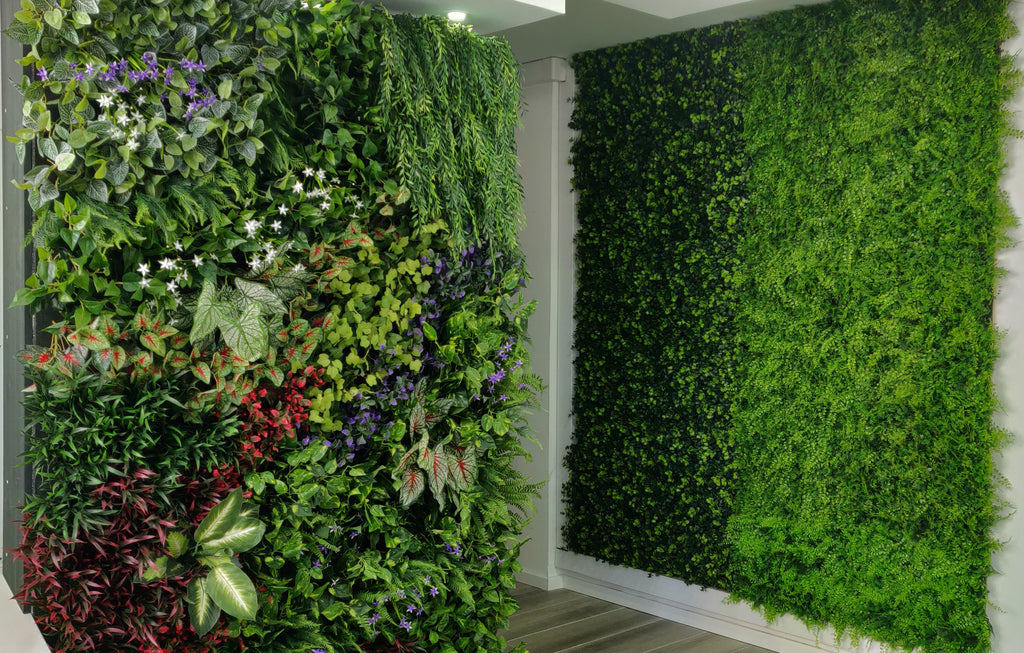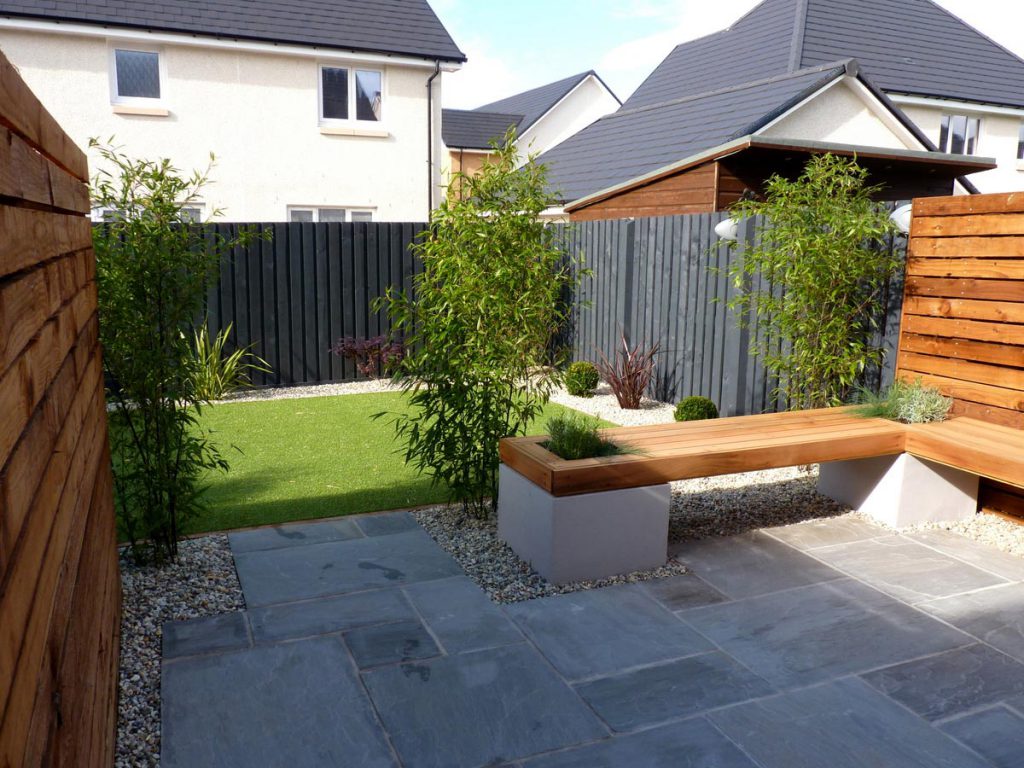Embrace the Earth-Friendly Approach: Why Sustainable Gardening Matters
In a world grappling with climate change and resource depletion, even the smallest actions can have a significant impact. Sustainable gardening isn’t just a trend; it’s a crucial step towards creating a healthier planet. By adopting eco-conscious practices, you’re not only nurturing your plants but also contributing to a vibrant and resilient ecosystem. Imagine the satisfaction of knowing your garden thrives while minimizing its environmental footprint – that’s the magic of sustainable gardening.
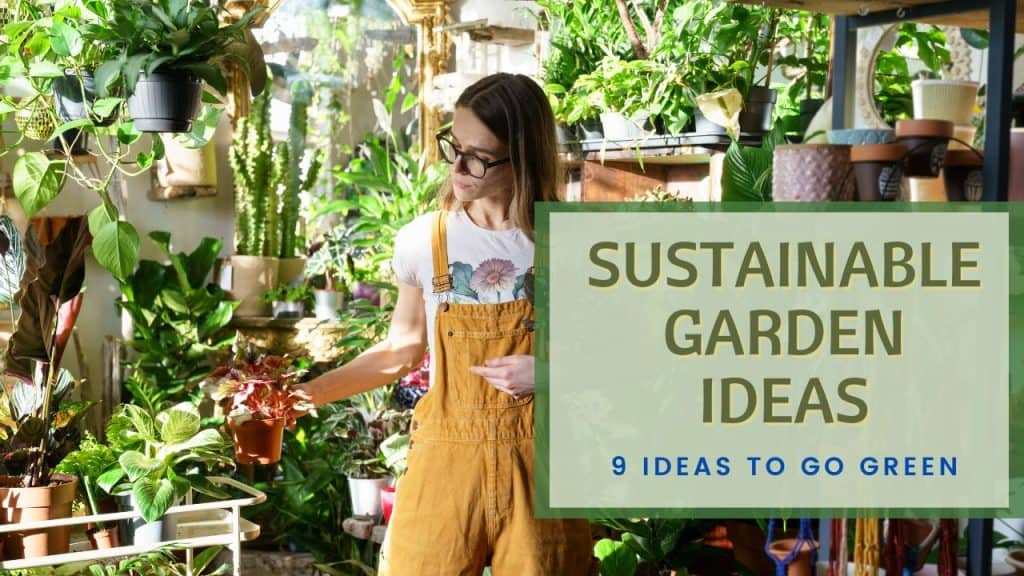
Water Wisely: Conserving This Precious Resource
Water is life, especially for your garden. Implementing water-wise techniques is paramount in sustainable gardening. Consider these tips:
- Install a rain barrel: Collect rainwater for irrigation, reducing reliance on municipal water supplies. Think of it as nature’s free watering system!
- Use drip irrigation: This targeted watering method delivers water directly to plant roots, minimizing evaporation and runoff. Say goodbye to wasteful overhead sprinklers!
- Mulch generously: A thick layer of mulch retains soil moisture, reducing the frequency of watering. It’s like giving your garden a natural hydration booster!
- Water deeply and less often: Encourage deep root growth by watering less frequently but more thoroughly. This helps plants withstand dry spells more effectively.
- Choose drought-tolerant plants: Opt for native plants and varieties known for their resilience to dry conditions. They’re perfectly adapted to your local climate!
Soil Savvy: Nurturing the Heart of Your Garden
Healthy soil is the cornerstone of a thriving sustainable garden. Building and maintaining fertile soil is key:

- Compost diligently: Composting kitchen scraps and yard waste creates nutrient-rich fertilizer, reducing the need for synthetic chemicals. It’s nature’s recycling program for your garden!
- Practice cover cropping: Plant cover crops during fallow periods to improve soil structure, suppress weeds, and enrich the soil with nutrients. It’s like giving your soil a refreshing spa treatment!
- Avoid tilling: Minimize soil disturbance to preserve beneficial soil organisms and reduce erosion. Gentle hands are best for healthy soil!
- Add organic matter: Incorporate materials like compost, leaf mold, and aged manure to enhance soil fertility and water retention. It’s like feeding your soil a delicious, healthy meal!
Pest and Disease Management: Natural Solutions for a Healthy Garden
Sustainable gardening emphasizes natural pest and disease control methods:
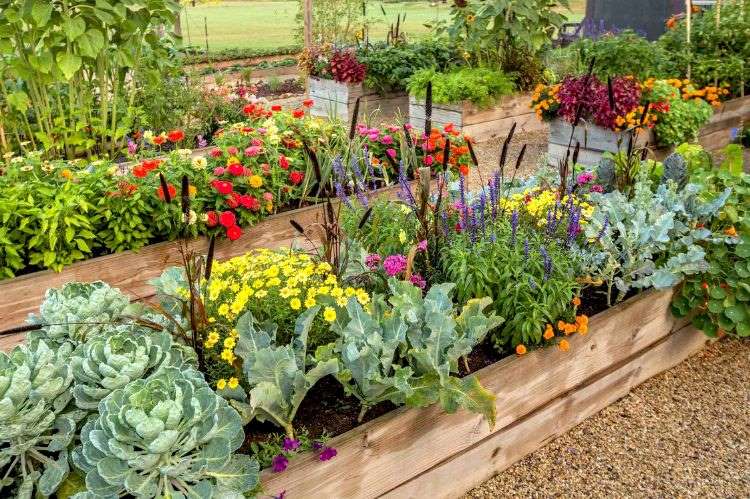
- Encourage beneficial insects: Attract ladybugs, lacewings, and other beneficial insects that prey on pests. They’re your garden’s natural pest control squad!
- Use companion planting: Strategically planting certain plants together can deter pests and improve overall plant health. It’s all about creating a harmonious garden ecosystem!
- Practice crop rotation: Rotate crops annually to break pest and disease cycles. It’s like keeping your garden on a healthy, rotating diet!
- Handpick pests: Regularly inspect your plants and handpick pests whenever possible. A little manual labor goes a long way!
- Use natural pest deterrents: Employ natural solutions like neem oil or insecticidal soap to control pests. Nature provides gentle solutions for unwanted guests!
Choosing the Right Plants: Supporting Biodiversity and Local Ecosystems
Selecting appropriate plants is crucial for sustainable gardening:
- Prioritize native plants: Native plants are adapted to your local climate and require less water and maintenance. They are the perfect residents for your garden!
- Choose heirloom varieties: Heirloom seeds offer genetic diversity and adaptability, promoting resilience in your garden. They’re like the vintage superstars of the plant world!
- Start seeds from scratch: Growing plants from seed reduces your environmental footprint compared to buying nursery plants. It’s a rewarding journey from seed to bloom!
- Avoid invasive species: Avoid planting invasive species that can outcompete native plants and disrupt local ecosystems. Choose plants that play nicely with their surroundings!
Reduce, Reuse, Recycle: Minimizing Waste in Your Garden
Sustainable gardening also means minimizing waste:
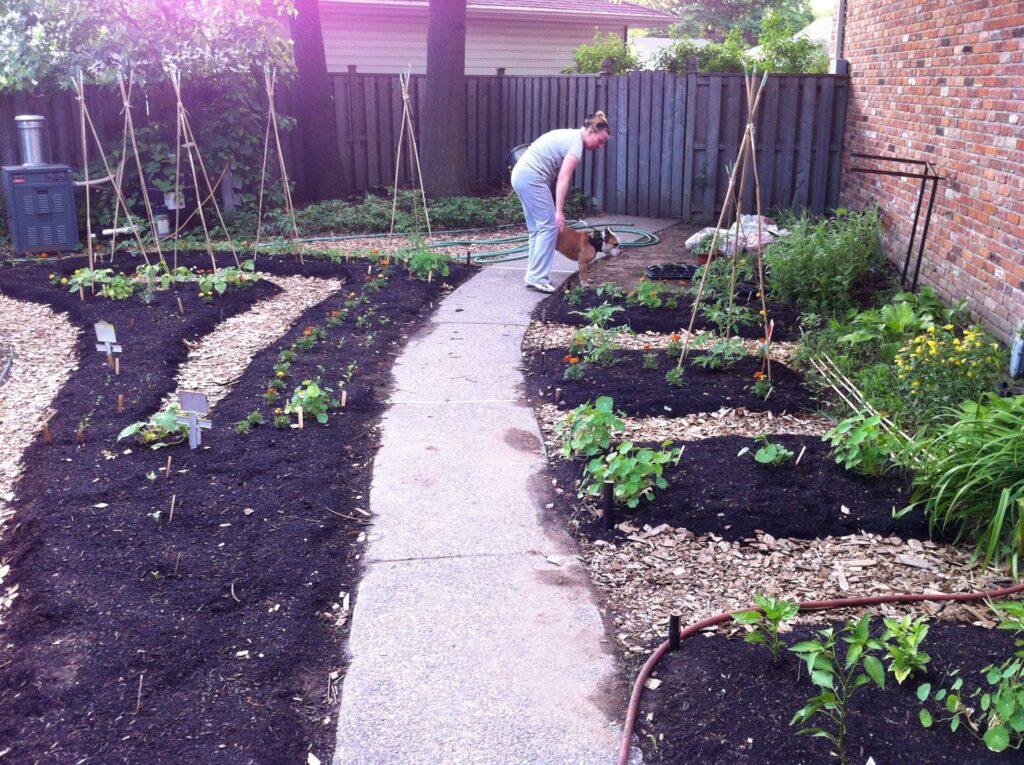
- Reuse containers: Repurpose old containers, such as plastic bottles or yogurt tubs, as planters. Give those old containers a second life!
- Use recycled mulch: Use recycled materials like shredded paper or wood chips as mulch. It’s a fantastic way to put waste to good use!
- Compost food scraps: Transform food waste into valuable compost for your garden. Close the loop and create a self-sustaining system!
- Reduce plastic use: Minimize the use of plastic pots, fertilizers, and other materials whenever possible. Let’s work towards a plastic-free garden!
Beyond the Basics: Advanced Sustainable Gardening Practices
For those seeking to deepen their commitment to sustainable gardening, consider these advanced practices:
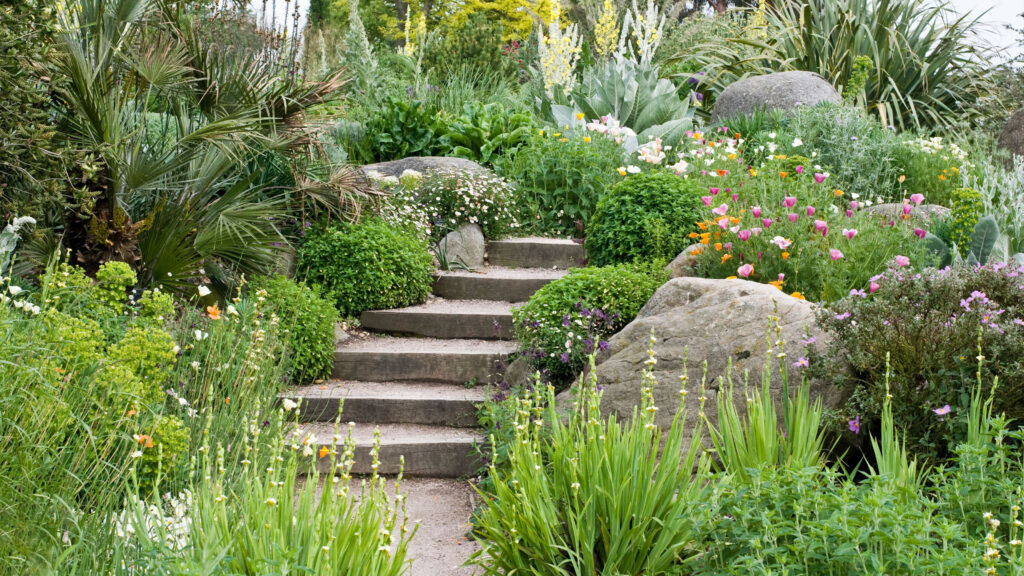
- Permaculture design: Permaculture principles create resilient and self-sustaining gardens that mimic natural ecosystems. It’s a holistic approach to gardening!
- Vertical gardening: Maximize space and minimize soil usage by growing plants vertically. Think walls of thriving plants!
- Forest gardening: Create a diverse and layered garden mimicking the structure of a forest. It’s a beautiful and productive approach!
- No-dig gardening: This method avoids soil disturbance, protecting soil organisms and improving soil health. It’s a gentle and effective approach to gardening!
Embarking on a journey toward sustainable gardening is a rewarding experience. It’s more than just growing plants; it’s about fostering a connection with nature, reducing your environmental impact, and creating a beautiful and productive garden that benefits both you and the planet. Start small, experiment, and enjoy the journey of cultivating a greener world, one plant at a time!


